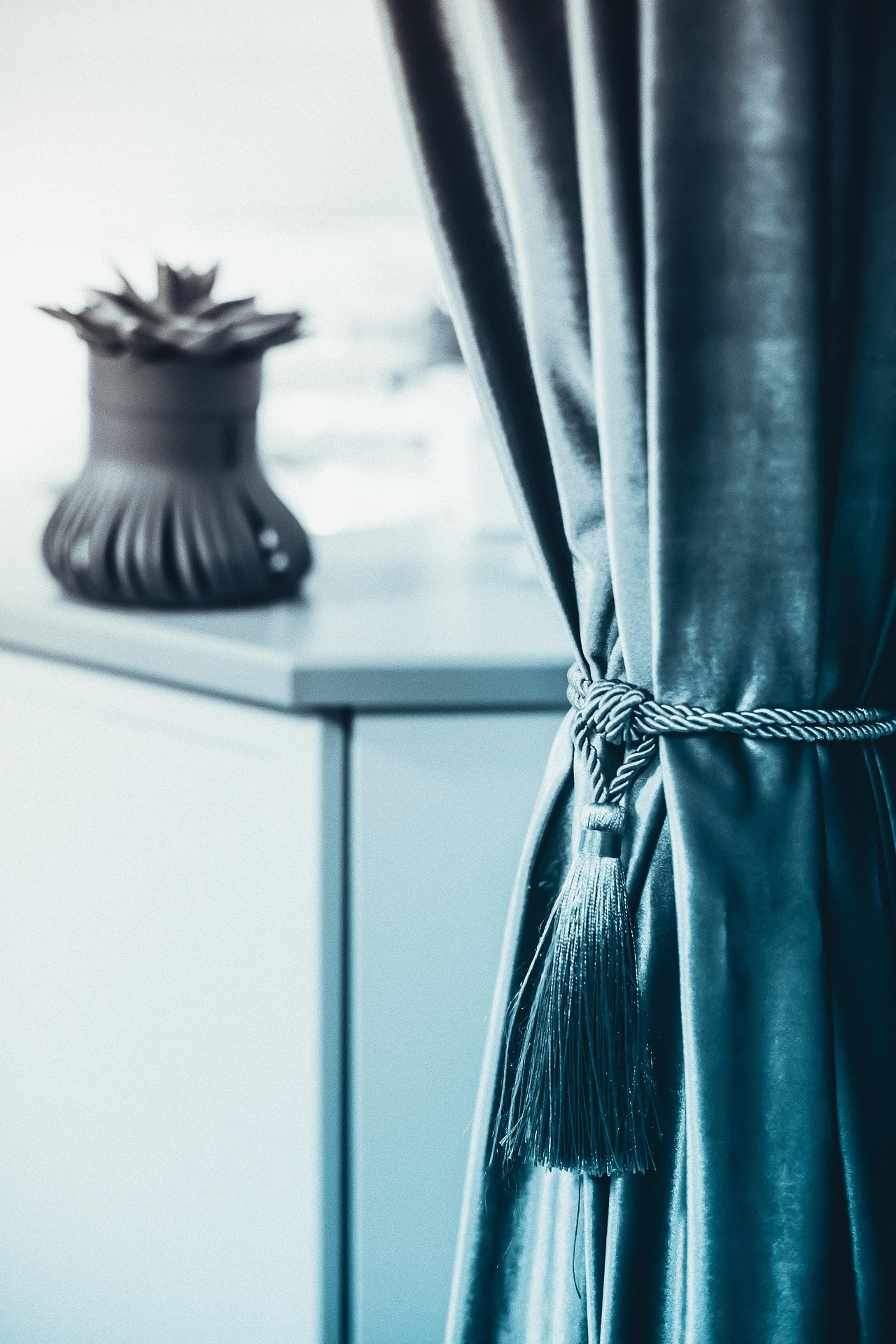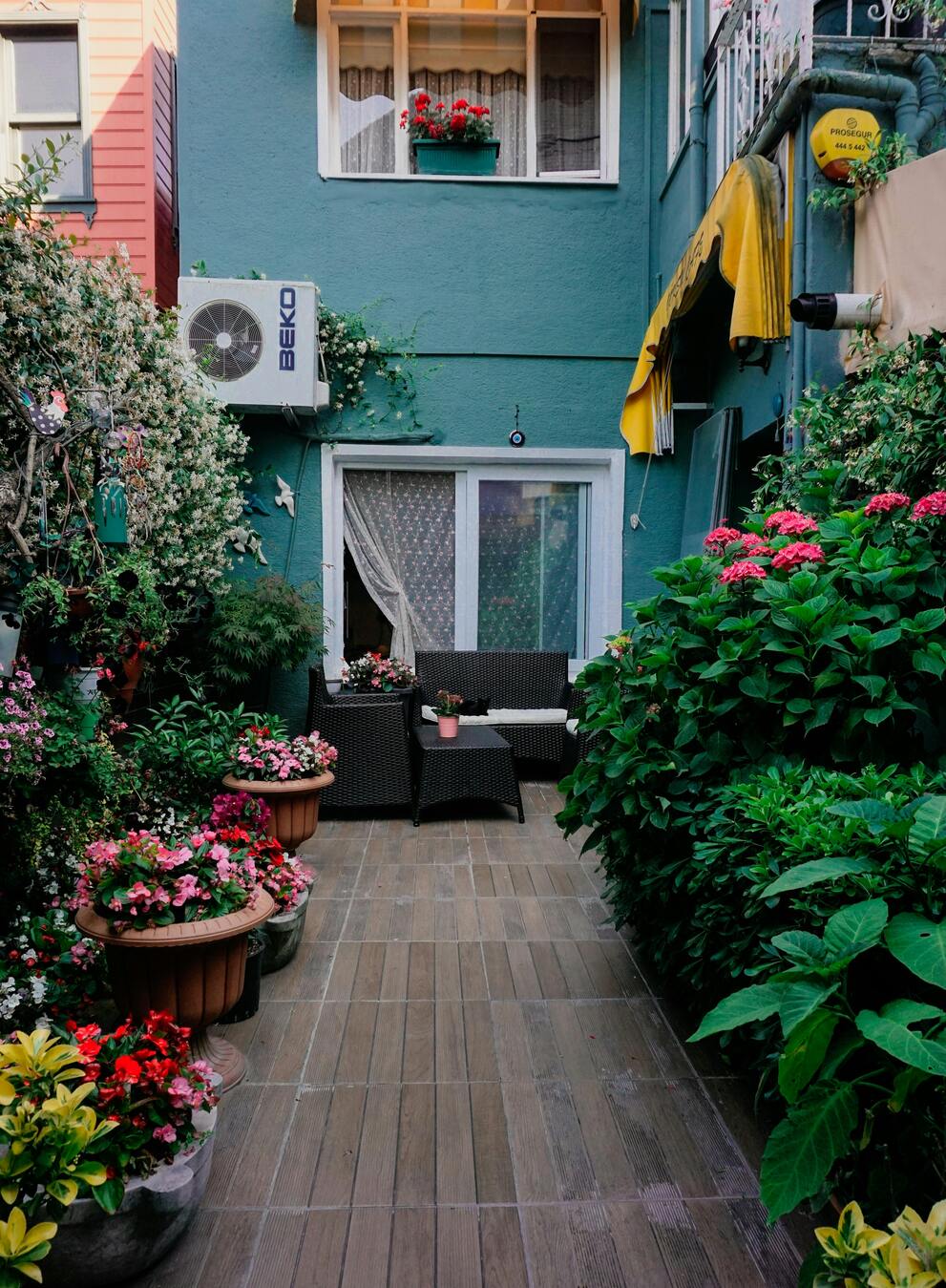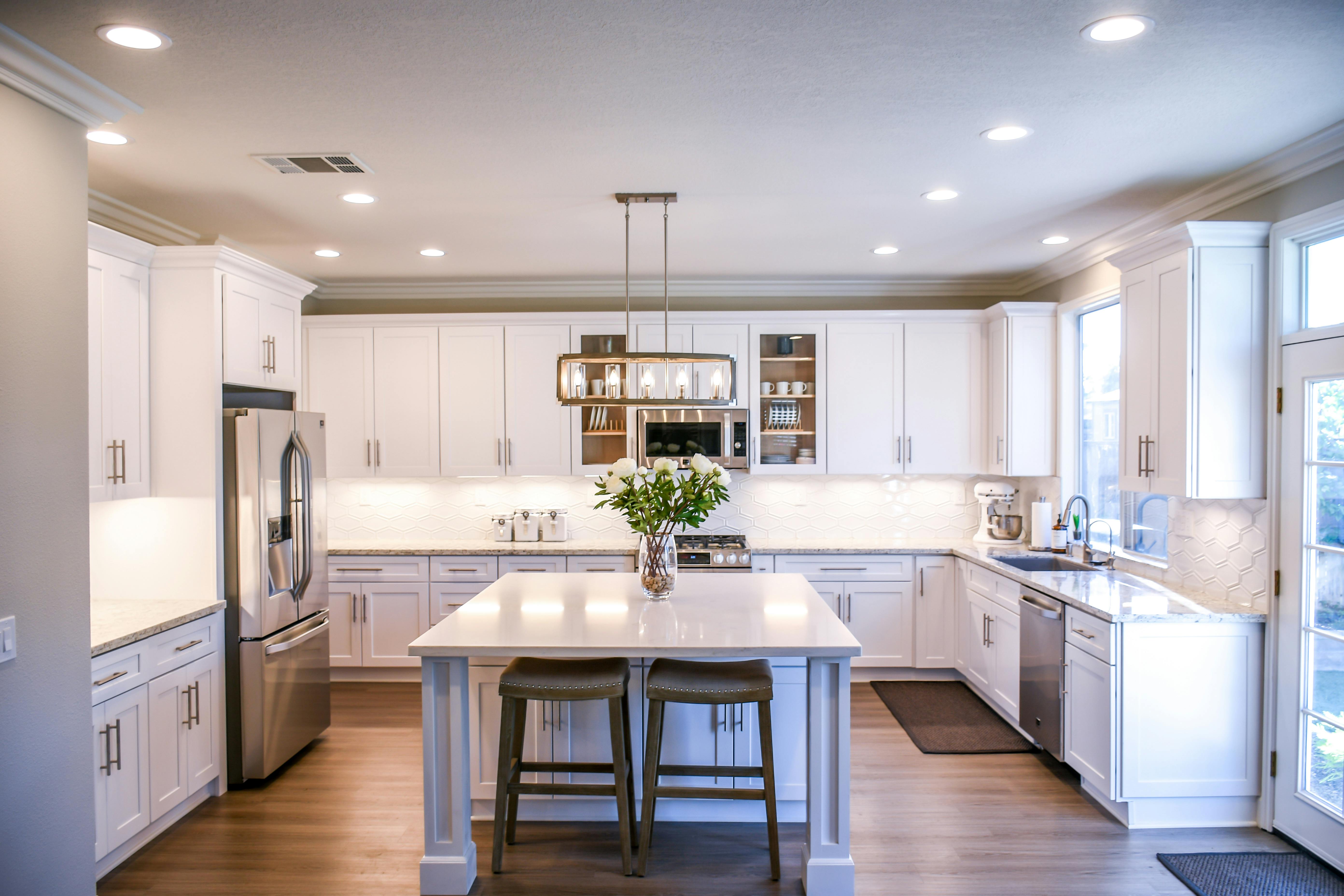
How to Choose Curtains
Changing curtains is the easiest way to refresh a room without a full renovation. Even a small update can make the space feel brand new!
Choosing the Right Curtains
Let’s start with classic sliding drapes. These are two fabric panels that move freely along a curtain rod. They can be made from light materials such as voile, organza, or tulle, or heavier fabrics like silk, linen, or velvet.
Light, sheer curtains allow natural light to enter and work well in living rooms and children's rooms.
Heavier drapes, on the other hand, provide privacy and are perfect for bedrooms, offices, or libraries. You can use sheer curtains or drapes separately, or combine them for a layered look.
Ideas for Updating Your Interior
- If your drapes are solid-colored, try hanging sheer curtains in front of them instead of behind. This creates a sense of lightness and highlights the delicate fabric pattern.
- Add a decorative valance to the top of your curtains for a more finished and elegant look.
- Curtain tiebacks can transform the appearance of drapes. They can be made from decorative cords, satin ribbons, tassels, artificial flowers, wooden beads, or even seashells.
- Consider blinds as an alternative to traditional curtains. They take up less space, making them ideal for small apartments. They are also practical in homes with young children or pets. With adjustable slats, they allow easy control over light levels. With more than forty types of blinds available, there’s something for every style and need.
Different Types of Blinds
- Wooden blinds add a stylish touch and pair well with both drapes and sheer curtains. However, they are not suitable for humid areas like kitchens.
- Bamboo blinds are a durable and moisture-resistant option due to their special lacquered finish.
- Plastic blinds are an affordable, easy-to-maintain choice, available in various colors and textures, including wood-like finishes.
- Aluminum blinds are designed for modern windows, fitting neatly within the window frame without taking up additional space.
- Roller blinds and pleated blinds are currently trending. Roller blinds consist of a single piece of fabric and can be made from bamboo or jute. Pleated blinds, with their lightweight and compact structure, adhere to the window glass using upper or lower rails.
- Roman shades are an elegant and versatile option. When extended, they form a smooth fabric panel, but they gather into neat horizontal folds when raised. By covering only the window area, they create the illusion of more space while adding a sophisticated touch.
Curtain Glossary
- Blackout Fabric – A special type of opaque fabric, usually made with single or double satin weaving from fire-resistant polyester fibers. It blocks up to 98% of light, resists fading and wrinkling, and is hypoallergenic and durable. Ideal for bedrooms, home theaters, or offices where light control is essential.
- Roll-Up Blinds – Horizontal roller-type blinds made from woven wood or bamboo. Unlike standard roller blinds, the roll is positioned at the bottom rather than the top, allowing precise light control. This design prevents glare on computer and television screens.
Choosing the Right Colors
When selecting curtains, consider the overall color scheme of the room. Match them with furniture, flooring, and walls for a cohesive look.
- In small spaces, using curtains in a similar color to the walls helps create an illusion of openness. Strong contrasts, however, can make the room appear smaller.
- For patterned wallpaper, opt for solid-colored curtains in a shade that complements the pattern.
- To create a cozy atmosphere, use contrasting curtain colors. Shades like champagne or chocolate work well for a warm and intimate ambiance.
- Bright curtain colors bring walls visually closer to the window, while pastel shades create a sense of distance.
- Colors influence emotions:
- Red is energizing but should be used sparingly as it can be overwhelming.
- Orange is uplifting and stimulates appetite.
- Yellow boosts concentration and is associated with intelligence.
- Green promotes relaxation and reduces fatigue, making it ideal for bedrooms and dining rooms.
- Blue and light blue create a calming effect and aid sleep.
- Purple helps with focus while also relieving stress.
Keeping Curtains Clean
Curtains, whether sheer, Roman, or blinds, collect dust over time. Regular cleaning is essential:
- Wash curtains at least twice a year following fabric-specific temperature guidelines.
- Blinds can be cleaned without removal using a specialized cleaner, but for a deeper clean, wash them in the bathtub (except for wooden and aluminum blinds).
- Vacuum blinds on both sides monthly.
- Roman shades should be professionally cleaned at least once a year.
A Brief History of Window Treatments
Throughout history, people have used various materials to cover windows for warmth and privacy.
- In Ancient Egypt, intricate draperies carried symbolic meanings.
- Mesopotamian interiors featured lavish, embroidered curtains.
- In the Middle Ages, simple curtains were used for insulation and space division.
- The 18th century introduced decorative valances, baroque folds, and rococo-style tassels.
- Over time, window fashion evolved rapidly, incorporating styles from Empire, Art Nouveau, and Art Deco movements.
Despite modern advancements, designers continue to draw inspiration from historical interiors, blending tradition with contemporary materials and technology.
Recent articles from Interior Design

Outdoor Living Space Ideas: Transforming Your Backyard into an Oasis

How to Choose Curtains
